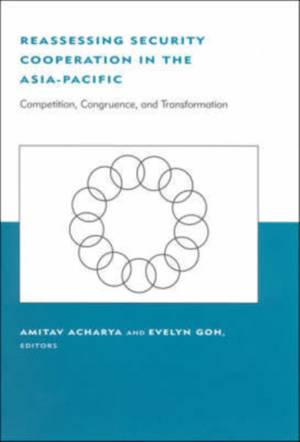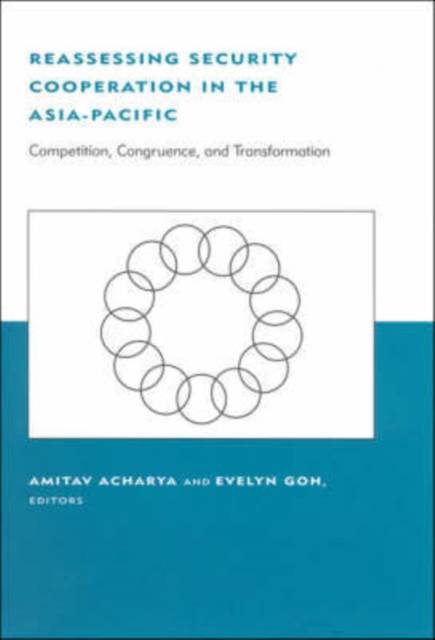
- Afhalen na 1 uur in een winkel met voorraad
- Gratis thuislevering in België vanaf € 30
- Ruim aanbod met 7 miljoen producten
- Afhalen na 1 uur in een winkel met voorraad
- Gratis thuislevering in België vanaf € 30
- Ruim aanbod met 7 miljoen producten
Reassessing Security Cooperation in the Asia-Pacific
Competition, Congruence, and Transformation
Omschrijving
Since the 1990s, Asia-Pacific countries have changed their approaches to security cooperation and regional order. The end of the Cold War, the resurgence of China, the Asian economic crisis, and the events of September 11, 2001, have all contributed to important changes in the Asia-Pacific security architecture. In addition to the traditional bilateral security arrangements based on the US hub and spokes alliance system, there has been an increase in multilateral efforts, including the ASEAN Regional Forum, Asia-Pacific Economic Cooperation, the Shangri-la dialogue of defense ministers, and the Shanghai Cooperation Organization. But because of their varying membership, scope, and mandates, these new arrangements have suffered from a lack of coordination. This volume reassesses security cooperation in the region in light of such recent developments as the emergence of new roles for existing institutions, the rise of new institutions, challenges to existing norms of regional interaction, increasing formalization or legalization of regional institutions, the reconstruction of modes of security cooperation that were once seen as mutually exclusive, and the creation of ad hoc and informal security approaches. The book examines how successful these new arrangements have been, whether there is competition among them, and why some modes of security cooperation have proven more feasible than others.
Specificaties
Betrokkenen
- Uitgeverij:
Inhoud
- Aantal bladzijden:
- 290
- Taal:
- Engels
- Reeks:
Eigenschappen
- Productcode (EAN):
- 9780262511896
- Verschijningsdatum:
- 1/09/2007
- Uitvoering:
- Paperback
- Formaat:
- Trade paperback (VS)
- Afmetingen:
- 164 mm x 234 mm
- Gewicht:
- 421 g

Alleen bij Standaard Boekhandel
Beoordelingen
We publiceren alleen reviews die voldoen aan de voorwaarden voor reviews. Bekijk onze voorwaarden voor reviews.










